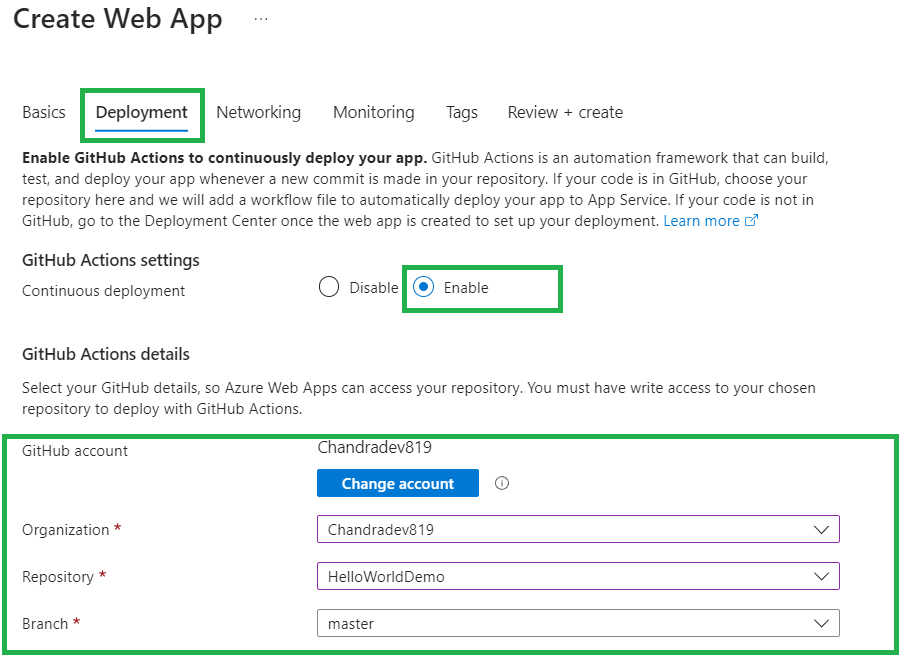
While working on a Blazor project, so many times we will use plain HTML dropdown. In this scenario, we will get a requirement to trigger the event and reset the selection item to the initial state.
Here are some code snippets for completing this task.
Approach 1:
@page "/counter"
<select @onchange="OptionChanged" value="@selectedOption">
<option value="-1">Select Option</option>
@foreach (var option in options)
{
<option value="@option">@option</option>
}
</select>
<button @onclick="ClearSelection">Clear Selection</button>
@code {
private List<string> options = new List<string> { "Option 1", "Option 2", "Option 3" };
private string selectedOption { get; set; } = "-1"; // Set default value to "-1"
private void OptionChanged(ChangeEventArgs e)
{
// Extract the selected value from the event argument
string selectedValue = e.Value.ToString();
Console.WriteLine($"Selected option: {selectedValue}");
// Assign the selected value to the selectedOption variable
selectedOption = selectedValue;
}
private void ClearSelection()
{
// Clear the selected option
selectedOption = "-1"; // Reset to default value "-1"
StateHasChanged(); // Trigger a UI update
}
}
Approach 2:
@page "/"
<PageTitle>Home</PageTitle>
<select @onchange="OptionChanged" value="@selectedOption">
<option value="">Select Option</option>
@foreach (var option in options)
{
<option value="@option">@option</option>
}
</select>
<button @onclick="ClearSelection">Clear Selection</button>
@code {
private List<string> options = new List<string> { "Option 1", "Option 2", "Option 3" };
private string selectedOption { get; set; } = "";
private void OptionChanged(ChangeEventArgs e)
{
// Extract the selected value from the event argument
string selectedValue = e.Value.ToString();
Console.WriteLine($"Selected option: {selectedValue}");
// Assign the selected value to the selectedOption variable
selectedOption = selectedValue;
}
private void ClearSelection()
{
// Clear the selected option
selectedOption = "";
// Trigger a UI update
StateHasChanged();
}
}
Summary:
In this code snippet, we demonstrate how to handle various scenarios using an HTML dropdown in Blazor.









